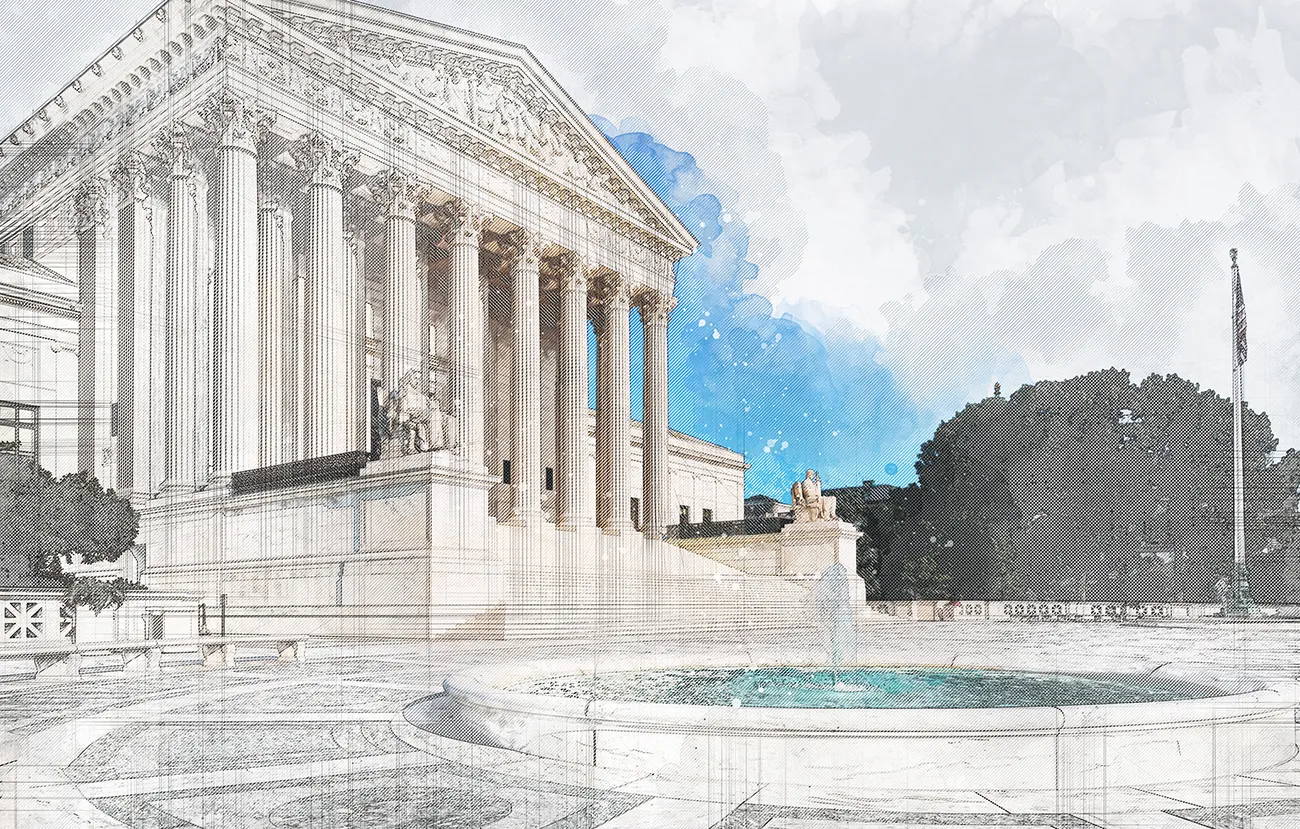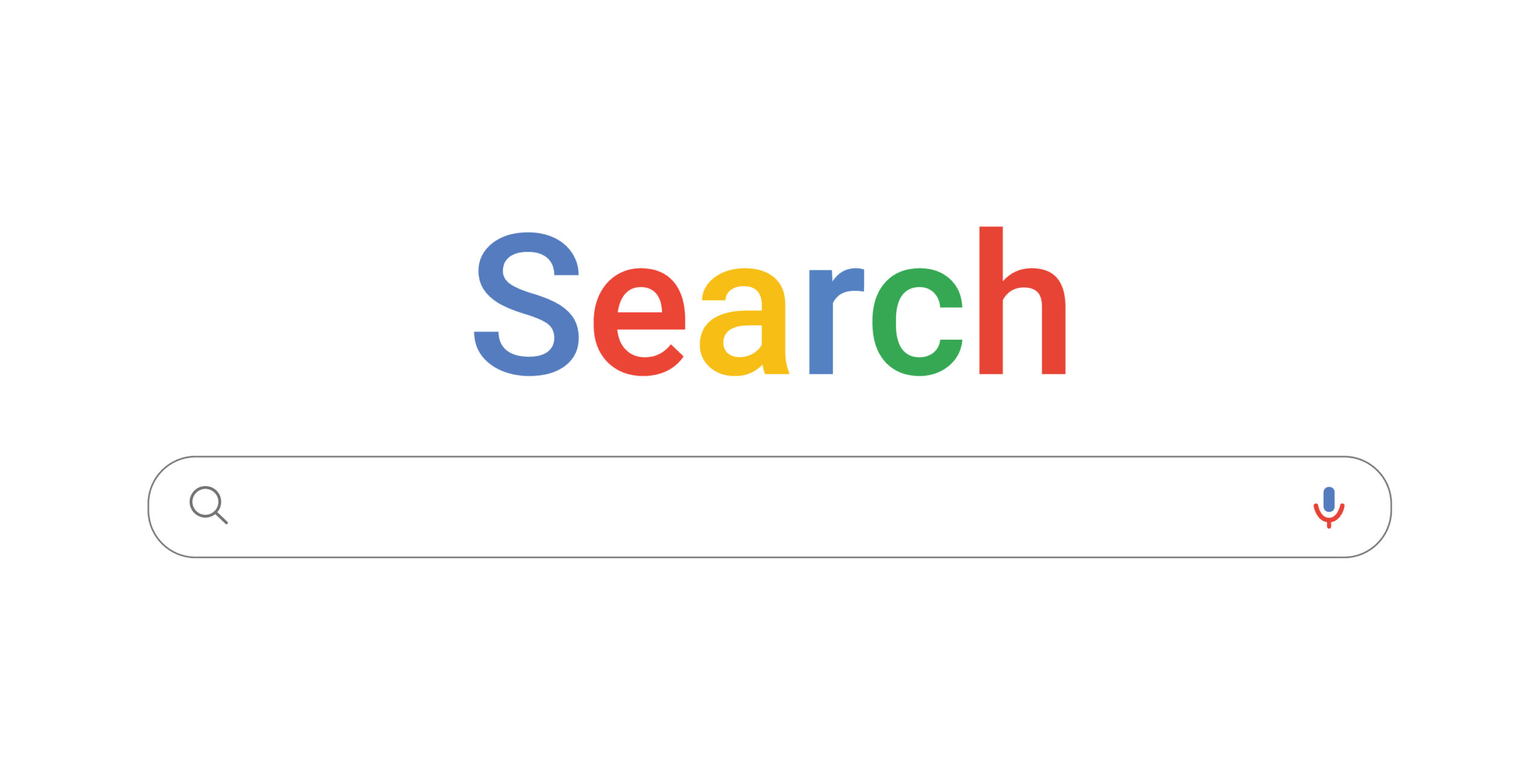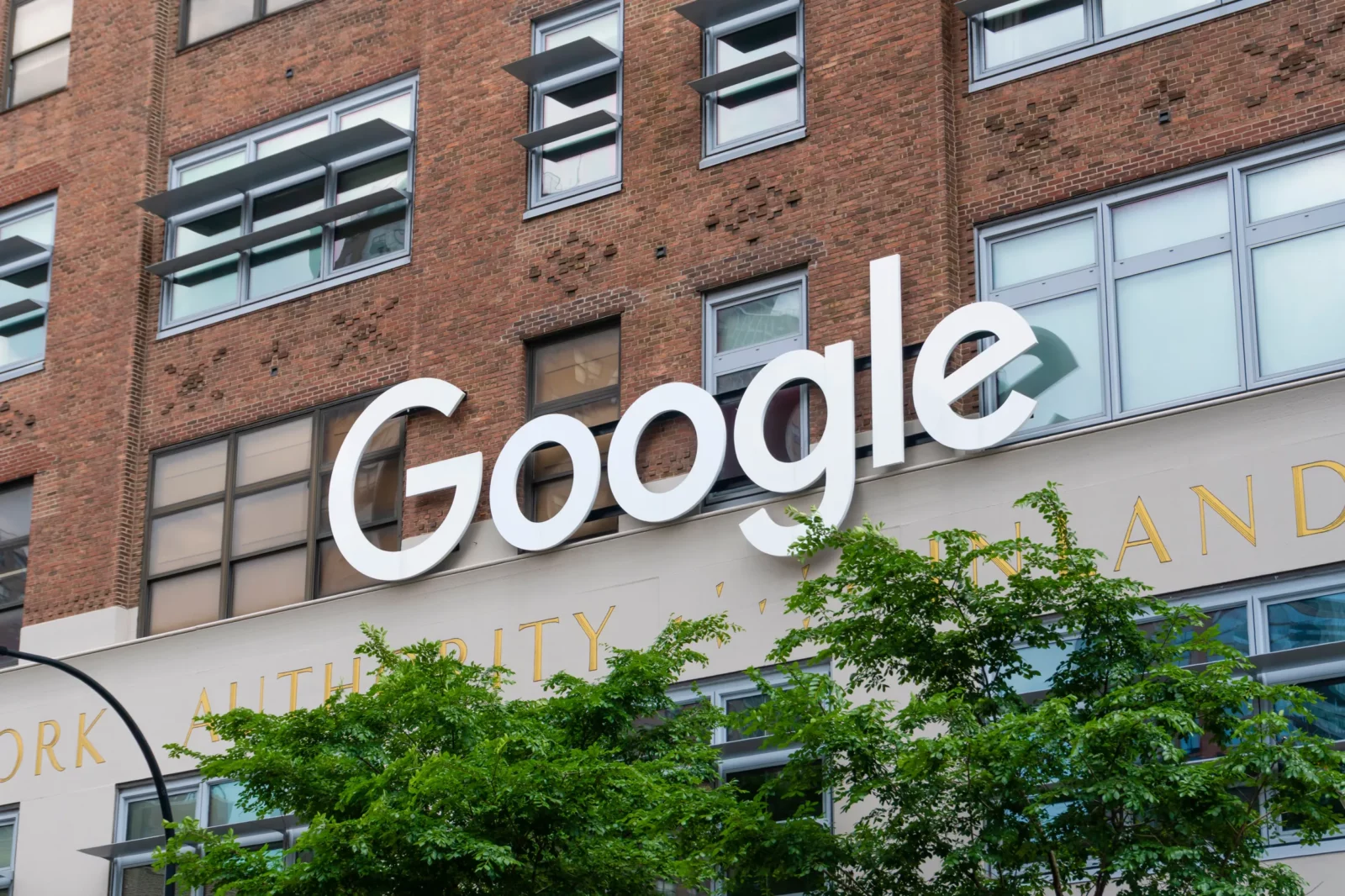What Does the Supreme Court’s CVSG Order in Oracle v. Google Mean?
As Jon noted on Friday, the Supreme Court invited the views of the U.S. Solicitor General on whether to hear the Oracle v. Google case. This suggests the Court is far likelier to review the Federal Circuit’s decision regarding copyright, interoperability, and the Java APIs (previously discussed here).
The Solicitor General (SG) coordinates the U.S. Government’s litigation before the Supreme Court, and the Court from time to time will invite the SG’s views on whether to take a case. Roughly a dozen times a year, the SG is asked to file such briefs, in an order referred to by Supreme Court wonks as a “CVSG order” (which calls for the views of the Solicitor General).
Empirical evidence suggests that (a) this bodes well for the petition, and (b) that the substantive views of the SG can be influential.
Note that at present we are still at the certiorari stage, not the merits stage. That means the question the Court is asking is “should we hear this case?” The Court is not yet asking “how should we decide this case?” Indeed, it may never get to that question. Because the SG takes anywhere from 3-6+ months to reply to such orders, the Court is almost certain to hear the case (if at all) in the next term (starting October 2015), and rule on it sometime before the summer of 2016.
So, how significant is a CVSG order?
Scholars who compiled data in 2009 (Thompson et al.), concluded that “a petition in a paid case is over 46 times more likely to be granted following a CVSG.” (The court also receives a large number of so-called in forma pauperis petitions, where fees are waived due to hardship. These unpaid cases often pertain to prison litigation, and are separated out as they tend to skew the statistics.) More specifically, Thompson et al. observed that the grant rate in paid cases rises from 3.5% to 42% after a CVSG order.
What the SG says also matters: in the dataset above, the SG’s procedural recommendation carried the day 79.5% of the time, but in cases where it offered substantive prescriptions, the ultimate results on “only loosely correlate.” Other scholars have found that there is “ample evidence” to substantiate the point that the Court frequently agrees with the position of the SG, both at the certiorari and merits stages. (e.g., here, here, and here).
If one looks at the Federal Government’s success rate in the Supreme Court limited specifically to copyright cases since the millennium, the data is more of a mixed bag. In both Eldred and Golan term extension cases, for example, the SG unsuccessfully opposed certiorari (here and here), but ultimately prevailed on the merits. In Dastar, Grokster, and Aereo, the SG’s office also backed the winning side. In Petrella the SG unsuccessfully proposed a middle road, which the court regarded dubiously at oral argument, and ultimately ignored. In Costco v. Omega and Kirtsaeng v. Wiley, which both dealt with the question of “first sale”, or the exhaustion of rights, the SG’s view did not carry the day. It unsuccessfully opposed certiorari in Costco. In Kirtsaeng the SG proposed a compromise as it would later in Petrella, but to no avail. In fact, at oral argument, the Government was forced to concede that the equities favored Kirtsaeng’s position, despite having substantially criticized his position in its brief.
In conclusion, the SG’s view on whether to take the case is quite likely to affect whether the Court hears the case, even though its specific substantive recommendation on the copyright question may not ultimately carry the day. Regardless of how the SG responds, there is now a decent chance that this case will be on the argument calendar in 2015.








